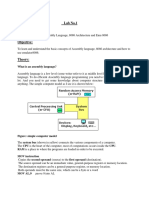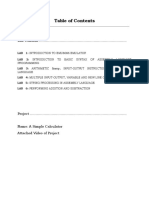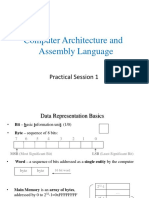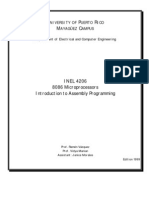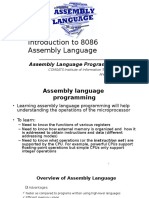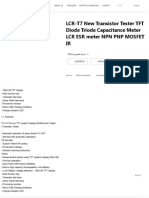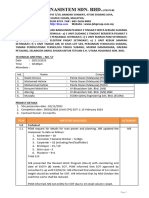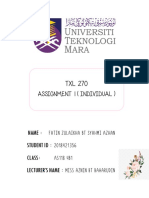0% found this document useful (0 votes)
7 views16 pagesWhat Is Assembly Language (NOTES)
Assembly language is a low-level programming language that closely corresponds to machine code, allowing for fast execution and efficient resource use. It requires an assembler to translate code into machine language and is beneficial for enhancing programming skills and understanding higher-level languages. The document also covers the structure of assembly code, registers, instructions, and practical examples of input, output, and control flow using loops and conditions.
Uploaded by
mashathebear083Copyright
© © All Rights Reserved
We take content rights seriously. If you suspect this is your content, claim it here.
Available Formats
Download as PDF, TXT or read online on Scribd
0% found this document useful (0 votes)
7 views16 pagesWhat Is Assembly Language (NOTES)
Assembly language is a low-level programming language that closely corresponds to machine code, allowing for fast execution and efficient resource use. It requires an assembler to translate code into machine language and is beneficial for enhancing programming skills and understanding higher-level languages. The document also covers the structure of assembly code, registers, instructions, and practical examples of input, output, and control flow using loops and conditions.
Uploaded by
mashathebear083Copyright
© © All Rights Reserved
We take content rights seriously. If you suspect this is your content, claim it here.
Available Formats
Download as PDF, TXT or read online on Scribd
/ 16







